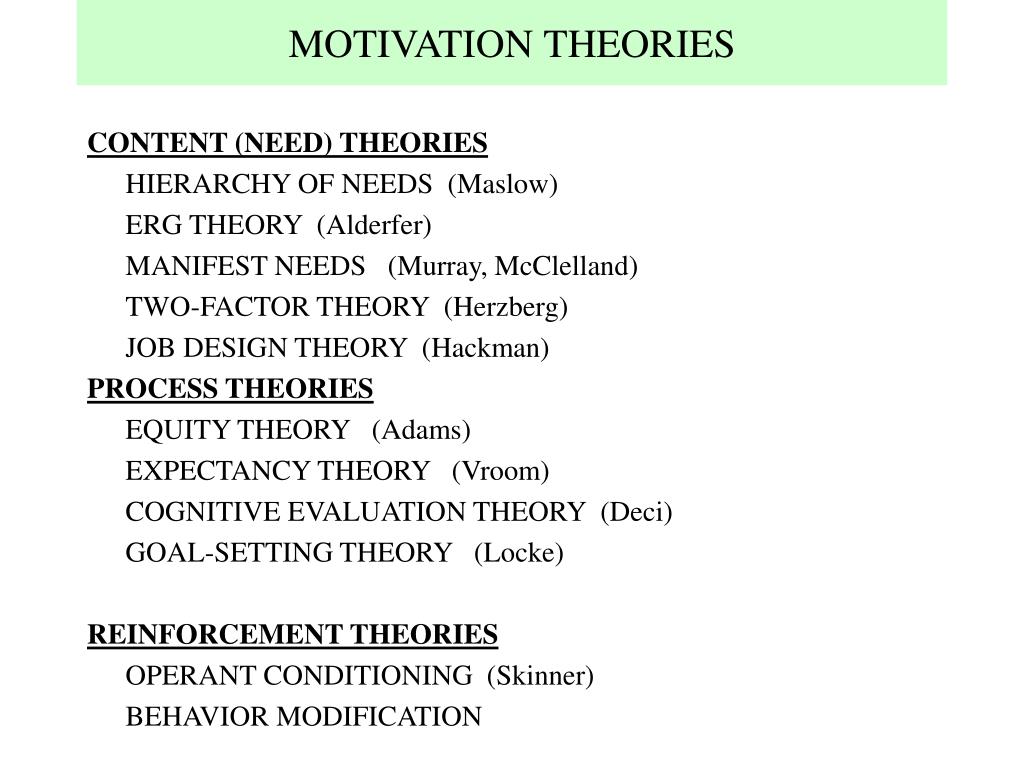

Gender differences in erotic plasticity: The female sex drive as socially flexible and responsive.
Journal of Happiness Studies, 9(1), 81–104.īaumeister, R. Narrative identity and eudaimonic well-being. US: American Psychological Association.īauer, J. Bauer (Eds.), Transcending self-interest: Psychological explorations of the quiet ego (pp. How the ego quiets as it grows: Ego development, growth stories, and eudaimonic personality development. The Japanese Journal of Psychology, 85(1), 69–79.īauer, J. The Hedonic and Eudaimonic Motives for Activities (HEMA) in Japan: The pursuit of well-being. Journal of Moral Education, 26(4), 433–453.Īsano, R., Igarashi, T., & Tsukamoto, S. Developmental trajectories in moral reasoning across the life span. New York: The Modern Library.Īrmon, C., & Dawson, T. McKeon (Ed.), The basic works of Aristotle (pp.

The results are interpreted in terms of gender roles, developmental theories, and biological changes.Īristotle., (2001). For both genders, extrinsic motivation decreased to the 60s, though males scored higher than females in the 20s and 30s. There was not much change in hedonic comfort motivation, except that it decreased from the 30s to the 50s in males. For both genders, hedonic pleasure motivation decreased from the 30s onwards, though males scored significantly higher than females in the 20s. For females, eudaimonic motivation increased until the 30s and did not change significantly thereafter for males, eudaimonic motivation decreased from the 30s to the 40s, but then increased from the 40s to the 60s. Participants completed the Hedonic, Eudaimonic, and Extrinsic Motives for Activities (HEEMA) scale, an updated version of the HEMA scale originally developed by Huta and Ryan (J Happiness Studi 11:735–762, 2010). A sample of 1324 North American adults, aged 18–87, was stratified to ensure sufficient sample sizes at different age ranges and to ensure sufficient numbers of males and females within each age range. We studied four major well-being motivations: eudaimonic motivation (seeking meaning, authenticity, excellence, and growth), hedonic pleasure motivation (seeking pleasure, enjoyment, and fun), hedonic comfort motivation (seeking comfort, relaxation, ease, and painlessness) and extrinsic motivation (seeking money, power, status, popularity, and image). This study assessed adults’ motivations in the pursuit of well-being at different ages across the adult lifespan, examining females and males separately.


 0 kommentar(er)
0 kommentar(er)
